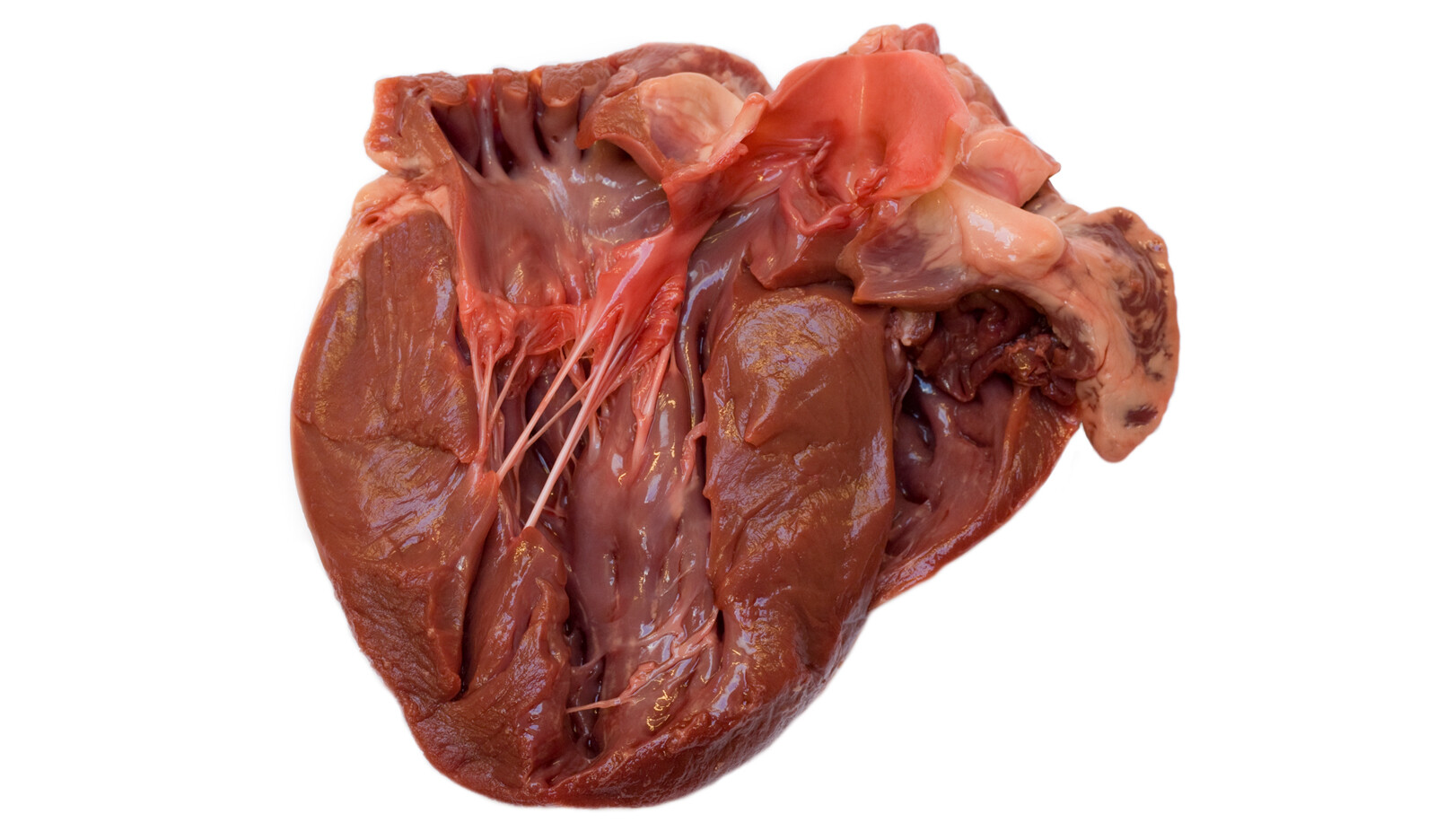IMAGES IN CARDIOVASCULAR ULTRASOUND • A Rare Case of Left Ventricular Noncompaction in LEOPARD Syndrome
Source: J Cardiovasc Ultrasound 2018;26(1):43-44
This is a case report of a 40-year-old man with unremarkable past medical history who presented with two days of palpitations. His physical examination was notable for multiple lentigines of 5 mm to 15 mm that were black-brown in color, macule, flat, and scattered on the face, neck, trunk, and on both hands. He was also found to have hypertelorism but there was no evidence of deafness, genital anomaly, and other dysmorphic features including face. Electrocardiography (ECG) indicated atrial fibrillation, left ventricular hypertrophy with a strain pattern.
Transthoracic echocardiography and cardiac magnetic resonance imaging revealed left ventricular noncompaction* and skin biopsy had no evidence of malignancies. Finally, other disease with hyper-pigmented skin lesions including Addison’s disease, hemochromatosis, and hyperthyroidism, were excluded.
He was diagnosed as LEOPARD syndrome (LS). LS is an autosomal dominant congenital disorder. “LEOPARD” is an umbrella term for seven characteristic features: lentigines, electrocardiographic abnormalities, ocular hypertelorism, pulmonary valve stenosis, abnormalities of the genitals, retarded growth, and deafness.
LS present with diverse manifestation from asymptomatic to severe. Cardiac involvement in LS would deem to determine prognosis. LS with noncompaction is very rare.
The authors conclude that it is necessary to find out cardiac involvements with multi-image modalities in patients who got diagnosed with LEOPARD Syndrome.
* Left ventricular noncompaction is a cardiac muscle disorder that occurs when the lower part of the left ventricle does not develop correctly. Instead of the muscle being smooth and firm, the cardiac muscle in the left ventricle is thick and appears spongy. In this area, bundles or pieces of muscle extend into the chamber and that segment of the left ventricle does not contract normally.
 English
English
 Español
Español 

